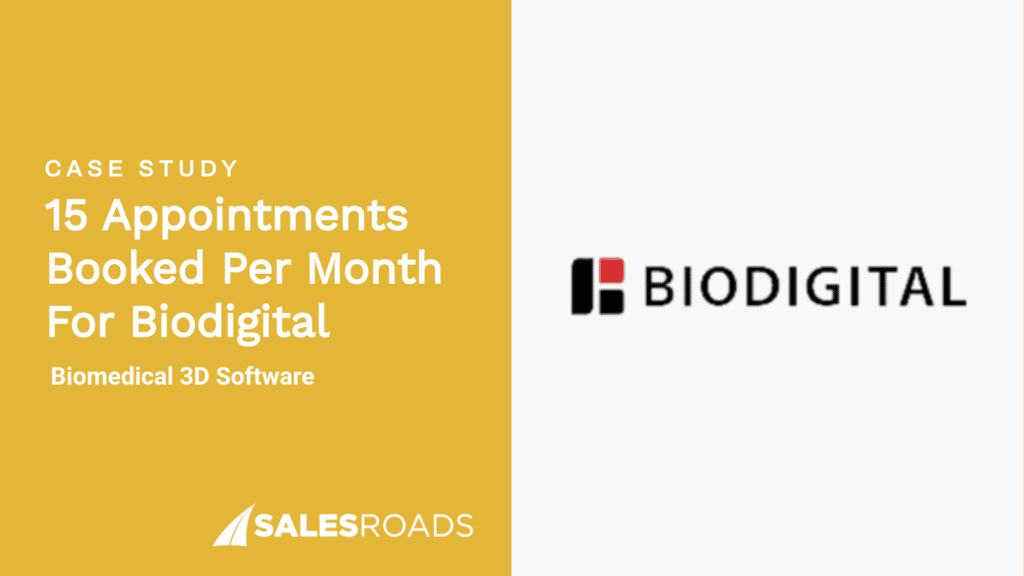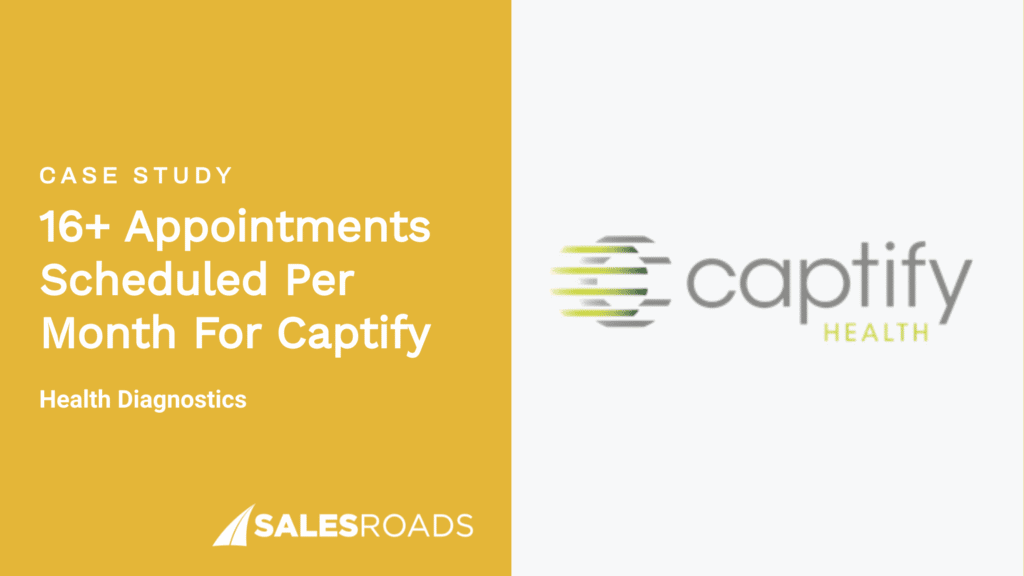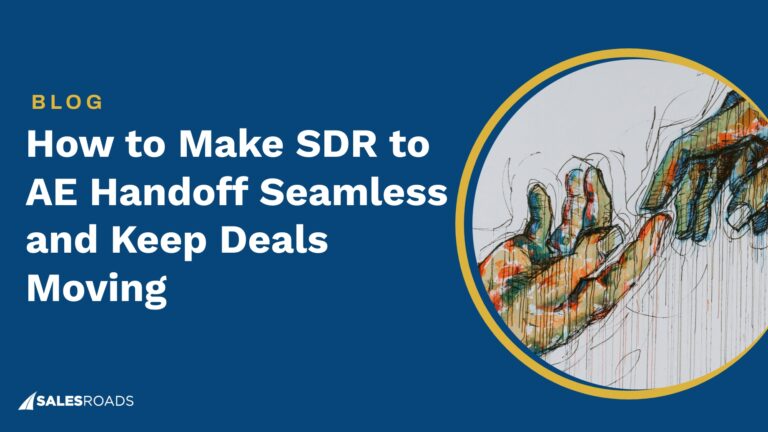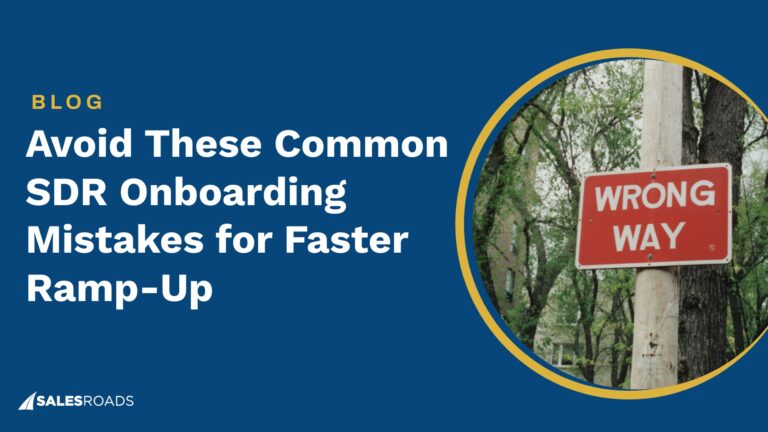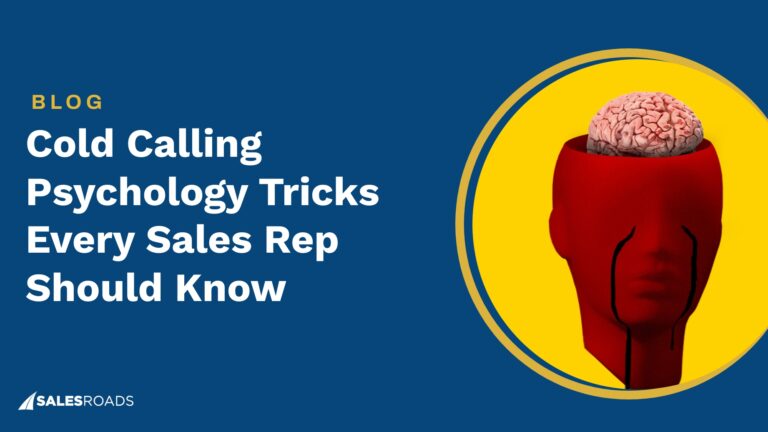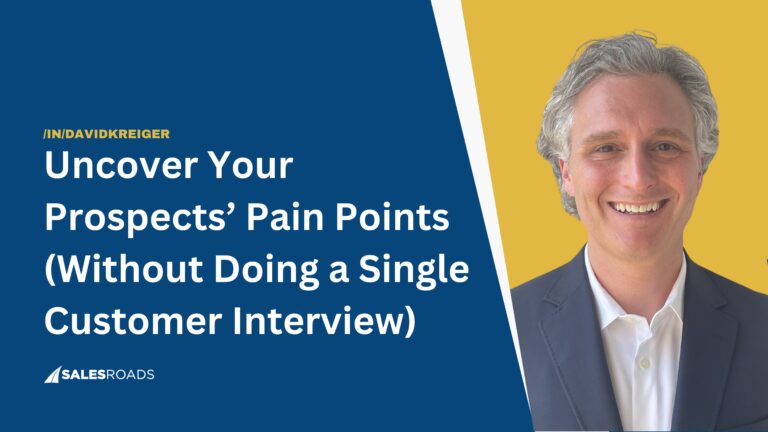When exploring sales outsourcing, one of the first challenges companies face is navigating the wide variety of sales agency pricing models available.
From flat monthly retainers to performance-based fees, the pricing structures vary significantly across the market. This variety reflects the diverse ways agencies package their services and how businesses prefer to manage costs and risks.
Why Pricing Models Matter in Sales Outsourcing
An increasing number of businesses are recognizing the value of outsourcing, with even 37% of small businesses already relying on it to augment their sales efforts and scale faster. This trend highlights how outsourcing can be a strategic lever to extend internal capacity without the overhead of building an in-house team.
It can cut sales operation costs by anywhere from 30% up to 50%, making it an attractive option for businesses looking to optimize their budgets while gaining access to specialized expertise.
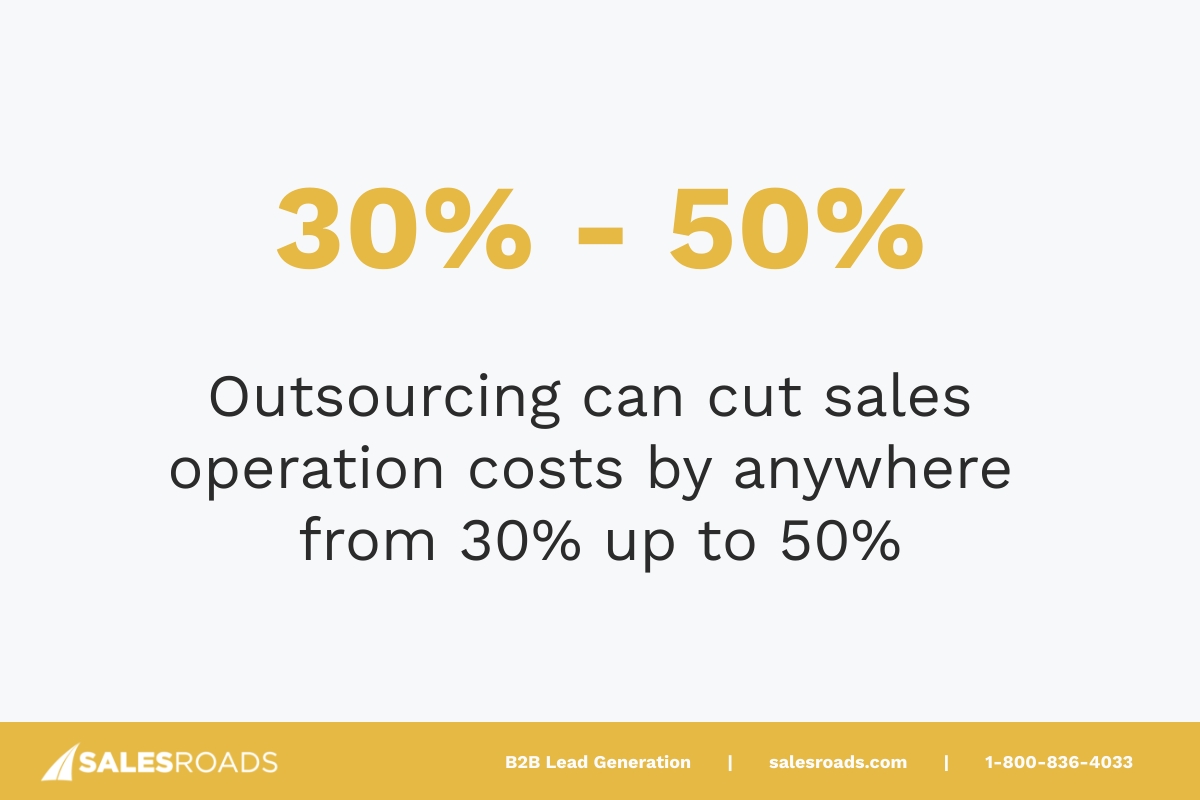
So the pricing model you choose in your partnership with a sales agency deeply influences not only your costs but also the quality and scope of services you receive. Different sales outsourcing pricing structures affect agency accountability, the level of support you get, and ultimately your ROI.
A mismatch between your business needs and the pricing approach can result in paying too much for underwhelming results or, conversely, missing out on valuable long-term growth opportunities.
For instance, a model that emphasizes volume without quality controls might flood your pipeline with unqualified leads, draining resources rather than driving sales.
By selecting the right SDR agency pricing models or outsourcing structure, you gain financial predictability and can better measure success. This alignment helps keep your campaigns efficient, supports continuous improvement, and ensures your sales investment drives real revenue growth.
What Are the Most Common Sales Outsourcing Pricing Models?
Sales outsourcing agencies typically offer a handful of proven pricing structures to suit different business needs and growth stages. Each option carries its own advantages and trade-offs:
Model 1: Monthly Retainer (Flat-Fee Structure)
One of the most common sales agency pricing models is the monthly retainer, which involves paying a fixed monthly fee. This fee typically covers a predefined set of deliverables such as dedicated sales reps, access to sales tools, and scheduled appointment setting.
This model is best suited for companies that need ongoing outbound sales support and prefer predictable budgeting. It offers the stability of a consistent monthly cost, making financial planning straightforward. You also benefit from having dedicated resources focused on your sales pipeline without worrying about fluctuating expenses.
However, the monthly retainer model may lack performance flexibility. If the agency doesn’t meet agreed-upon targets, you might still pay the same amount, potentially limiting your ability to adjust quickly.
One use case example would be: early-stage SaaS companies scaling outbound outreach often find this model ideal. It provides steady support as they build their pipeline and refine their sales process.
If you’re interested in this sales agency pricing model, check our pricing here.
Model 2: Pay-Per-Appointment (Performance-Based)
The pay-per-appointment model charges you based on the number of booked meetings delivered. This performance-based sales outsourcing pricing structure appeals to businesses that want to minimize upfront costs and directly link spending to tangible outcomes.
This approach is especially attractive for companies with tight budgets that still want to generate a high volume of leads. It offers clear ROI tracking because payments are tied to specific deliverables.
However, there are important considerations. This model can create risks like low-quality appointments if the agency prioritizes quantity over quality. It’s crucial to define what counts as a valid appointment and agree on lead qualification criteria before starting.
It’s best suited for businesses focused on lead generation but cautious about upfront investments.
Model 3: Hybrid (Base Fee + Performance Bonus)
The hybrid pricing model combines a fixed base monthly fee with performance-based bonuses tied to KPIs such as the number of appointments set or revenue generated. This sales outsourcing pricing structure offers a balance between predictability and incentive-driven results.
This model is best suited for mid-size companies that want their sales agency to have some “skin in the game.” By paying a base fee, you ensure steady support from your outsourced SDR team, while the performance bonuses motivate them to deliver quality outcomes.
The main advantage here is risk-sharing: the agency has a guaranteed income but also benefits from exceeding targets. This encourages a focus on both quality and quantity of leads.
However, to make the hybrid model work well, clear metrics and transparency are essential. Both parties need to agree upfront on what counts as success and have a way to track progress regularly.
For mature sales teams looking for flexibility without relying fully on commissions, this approach can strike the right balance.
Model 4: Commission-Only (Revenue Share)
In the commission-only or revenue share model, the sales agency earns a percentage of the revenue generated from deals that originated through their SDR efforts. This approach is a pure performance-based SDR agency pricing model that shifts all upfront risk to the agency.
This pricing option suits companies selling high-ticket products or services with long sales cycles where deal sizes justify the agency’s investment in time and effort.
One big plus is that you pay only for results, which can be attractive if you want to avoid any upfront costs. However, this model is rarely offered and tends to be limited to highly established sales environments with strong lead attribution systems.
There is a potential downside, though. Agencies working solely on commission may prioritize quick, easy wins over building long-term pipeline value. So, it’s important to carefully evaluate the agency’s experience and reputation before committing.
You can watch David Kreiger’s webinar, “Tips on Choosing a Reliable B2B Outsourcing Partner,” for guidance on making the right choice:
Model 5: Project-Based (Campaign or Pilot Pricing)
Project-based pricing focuses on short-term, fixed-price engagements aimed at specific goals like list building, market entry testing, or A/B campaign experiments. This B2B sales agency pricing option allows companies to test the waters without committing to ongoing contracts.
Startups or businesses launching a new vertical often find this model attractive. It provides fast insights with a low financial commitment and helps determine if outbound sales efforts are viable before scaling.
The downside is that project-based arrangements usually offer limited scalability and a short learning curve. They’re designed for quick wins rather than sustained growth.
Often, successful projects can lead to longer-term partnerships under a retainer or hybrid pricing structure, giving companies flexibility as they grow.
How to Choose the Right Sales Development Pricing Model
Picking the best sales agency pricing model depends on your company’s unique situation. Start by assessing your internal bandwidth. Do you need an agency for strategy, execution, or both?
Next, consider your risk tolerance. Are you comfortable sharing accountability through performance bonuses, or do you prefer strict pay-for-output models?
Clarify what success looks like for your business. Is it the number of qualified appointments, overall pipeline value, or conversion rates? Having clear goals will help you measure the effectiveness of your partnership.
Finally, evaluate the agency’s track record, transparency, and onboarding process. A reputable partner will provide clear reporting and support to set you up for success from day one.
By thoughtfully weighing these factors, you can select the best outsourced sales pricing model that aligns with your goals, budget, and growth strategy.
Bottom Line
Each outsourced sales pricing model serves different business needs, depending on your company’s growth stage, sales goals, and budget.
Early-stage startups might benefit from project-based or pay-per-appointment pricing to minimize upfront risk. Mid-size companies often find the hybrid model appealing for its balance of stability and performance incentives. Mature organizations with complex sales cycles may lean toward retainer or commission-based structures for predictable support or tightly aligned revenue sharing.
As you consider B2B sales agency pricing options, it’s essential to weigh your preferred cost structure against the outcomes you expect. Think carefully about how each model affects your risk, control, and long-term sales success.


